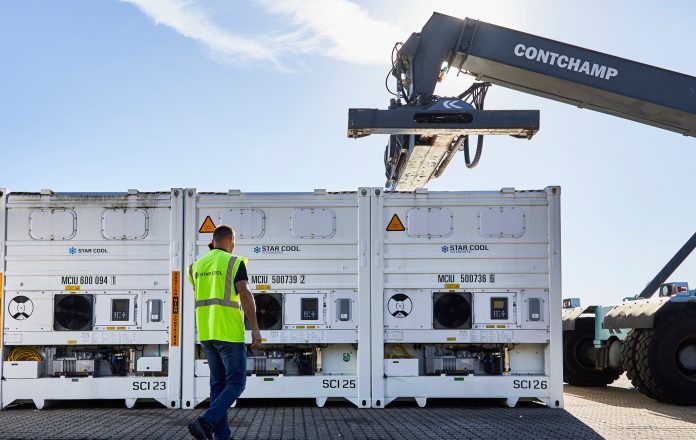Each year, 250 million containers are transported across the globe carrying essential goods such as food, clothing, and electronics. While vital for global trade, these containers can inadvertently transport pests, threatening ecosystems and industries worldwide.
Recognizing the collective responsibility of all parties involved in the supply chain the “Prevention of Pest Contamination of Containers: Joint Industry Guidelines for the Cleaning of Containers” offers practical recommendations for maintaining cleanliness and preventing pest transfer.
International Cargo Handling Coordination Association (ICHCA) is a new partner, joining the Bureau International des Containers (BIC), the Container Owners Association (COA), the Institute of International Container Lessors (IICL), and the World Shipping Council (WSC) in this collaborative endeavour.
The latest update of the Joint Industry Guidelines for the Cleaning of Containers, published in 2023, was warmly received by regulators and industry and has become a valued source of guidance when it comes to preventing pest contamination. It outlines the inspections and actions each party in the supply chain should undertake while the container is under their care.
Additionally, it emphasizes the obligation of the receiving party to promptly notify the sender of any visible pest contamination on the container or its contents. These guidelines serve as a valuable resource for regulators and industry stakeholders in safeguarding global trade from the risks associated with pest contamination.
“Each party in the international container supply chain has a custodial responsibility to make sure cargo and containers are clean when they arrive and when they leave their care. If we all live up to these standards, containers will reach their destination faster and our agriculture, forestry and natural resources will be protected,” stated Lars Kjaer, senior vice president of WSC.
Experience has shown that the introduction of new pests can significantly disrupt an established ecosystem, leading to serious ecological repercussions and potentially causing billion-dollar impacts on a nation’s economy. While regulators and national authorities play pivotal roles in curbing the spread of pests, the sheer scale of global trade underscores the importance of prevention—preventing pests from infiltrating cargo or containers in the first place is paramount.
With the updated “Prevention of Pest Contamination of Containers: Joint Industry Guidelines for the Cleaning of Containers,” BIC, COA, ICHCA, IICL, and WSC aim to enhance the level of prevention throughout the supply chain, thereby stopping the transfer of pests.
All parties in the supply chain – from manufacturers and exporters to packers, freight forwarders, inland logistics providers, warehouse storage providers, ocean carriers, and importers – bear the responsibility of maintaining the cleanliness of cargo and containers under their purview. By adhering to the best practices outlined in this guide, these stakeholders can uphold their custodial duty, ensuring containers and their contents remain clean and minimizing the risk of pest contamination and transmission.







